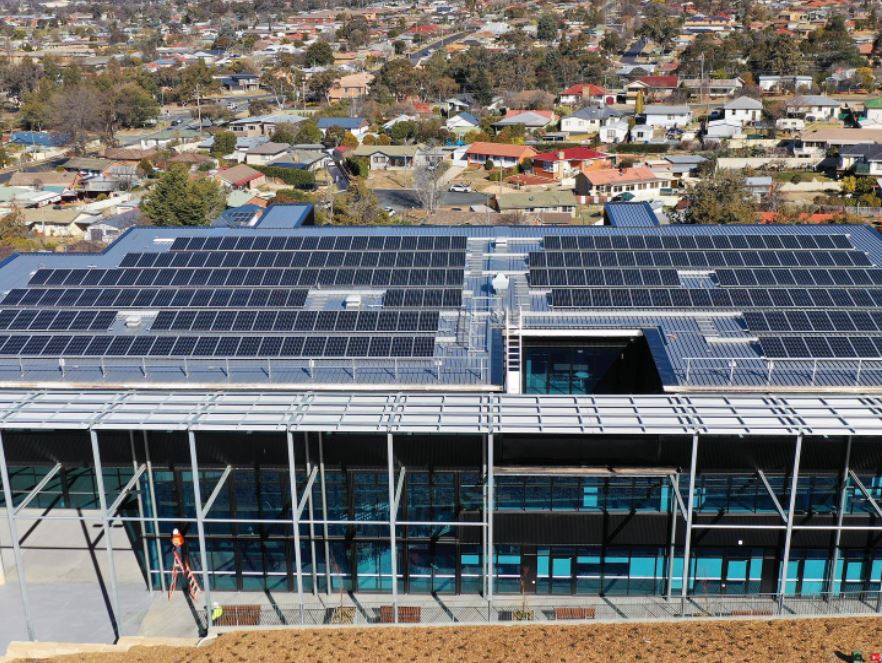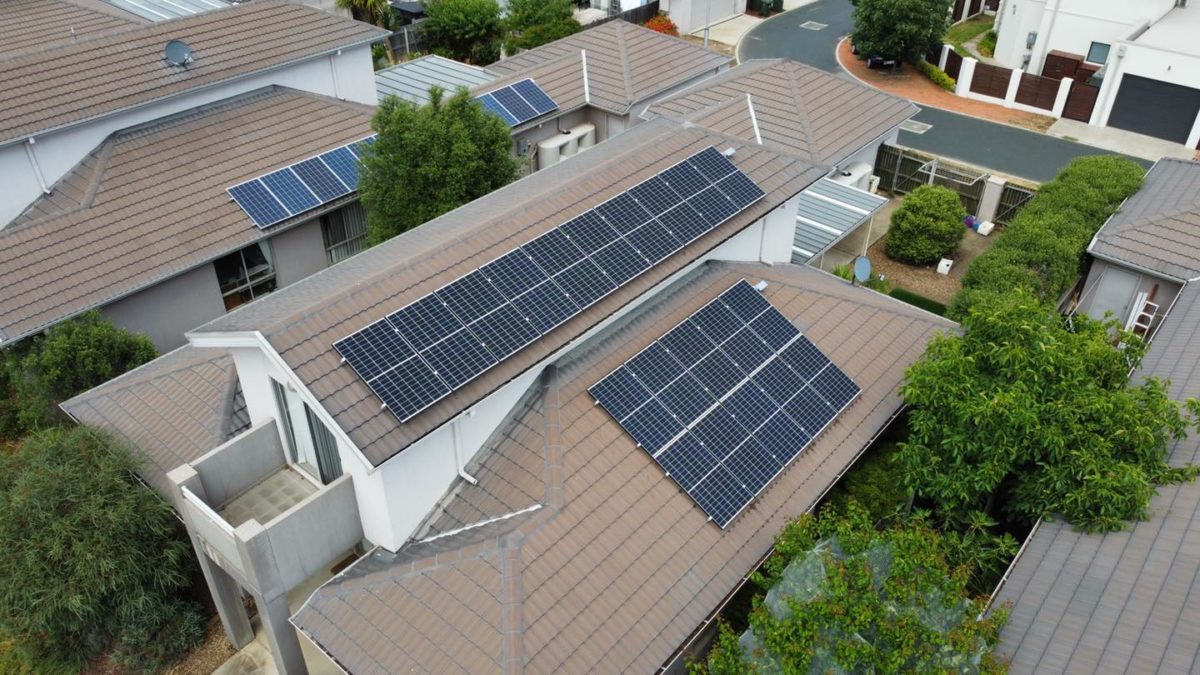https://www.pv-magazine-australia.com/2022/05/20/cost-comparison-between-lithium-batteries-fuel-cells-reversible-solid-oxide-cells-as-storage-for-off-grid-rooftop-pv/

System Schematic of (a) reversible fuel cell (PEM RFC and RSOC), and (b) Li-ion battery
Image: Khalifa University, Energy, Creative Commons License CC BY 4.0
From pv magazine Global
Researchers from Khalifa University in the United Arab Emirates have conducted a techno-economic analysis of a building energy system based on standalone rooftop PV linked to either lithium-ion batteries, proton-exchange membranes reversible fuel cells (PEM RFC), or reversible solid oxide cells (RSOC). They have found that each of the proposed configurations could result in low capital costs and high efficiency.
The scientists quantified the impact of the PEM reversible fuel cells and reversible solid oxide cells on overall system degradation. Their modelling considered a typical medium-sized commercial building in Los Angeles, California. Its minimum value of electricity demand was 18.79 kW during the night, with a maximum demand of 178.30 kW in August. The rooftop solar array was assumed to have a capacity of 400 kW, with 310.15 W SPR-E19-310-COM solar modules with 19% efficiency from US manufacturer SunPower.
The 250 kW reversible solid oxide cell system – equipped with an air preheater, water boiler, and high-performance heat exchangers – was assumed to have a power density of 0.312 W and an overall system efficiency of 43.99. The fuel cell has a capacity of 251.4 kW, a power density of 0.284 W, with a total system efficiency of 31.18%.
The cost of the reversible fuel cell was estimated at around US$667/kW and that of the reversible solid oxide cell at US$500/kW. The costs were based on a modelled 250 kW PEM stack cost and 250 kW reversible solid oxide cell stack cost, at 10,000 units per year. The battery is based on a nickel-manganese-cobalt cathode and graphite anode, and has a storage capacity of 400 kWh. It has a round-trip efficiency of 92.5% and a cost of US$339/kW. Its lifetime is more than 5,000 cycles.
The academics found that the PV system can achieve a levelised cost of energy (LCOE) of US$0.0237/kWh. The levelised cost of storage (LCOS) of the reversible fuel cell, reversible solid oxide cell and the battery was US$0.04173/kWh, US$0.02818/kWh, and 0.02585/kWh, respectively.
“The breakdown of the LCOS shows that capital cost accounts for more than 65% of the total LCOS, making it the most important component that needs more R&D to bring the capital cost down for these energy storage technologies,” they explained.
They found that the LCOS increases and the discharge decrease depended on the lifetime of each of the three storage technologies they used.
“The LCOS is sensitive to changes in capital costs, round-trip efficiency, lifetime, and discount rate; therefore, changes in these parameters should be carefully considered,” they warned, noting that lithium-ion batteries offer the most economical solution along with maximum efficiency, while also noting that reversible fuel cells and reversible solid oxide cells can improve a standalone building’s reliability and resiliency.
The scientists presented their findings in “Techno-economic analysis of energy storage systems using reversible fuel cells and rechargeable batteries in green buildings,” which was recently published in Energy.
This content is protected by copyright and may not be reused. If you want to cooperate with us and would like to reuse some of our content, please contact: editors@pv-magazine.com.
<




